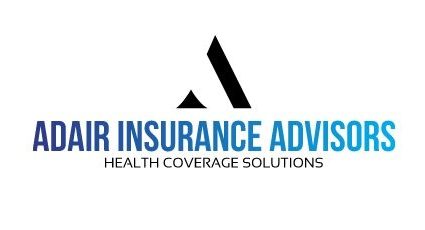MEDICARE:
We believe great value rests with both Medicare Advantage and Medicare Supplemental.
-
Medicare Advantage plans are HMOs or PPOs, that may require a referral to see a specialist, ask that you seek scheduled care in a local healthcare network, and will have full schedule of medical/drug co-pays. Typically there is no monthly cost for the insurance.
-
Medicare Advantage plans – also called Medicare Part C – often combine medical and prescription coverage into one plan. Increasingly they provide additional benefits such as vision and dental.
-
Generally speaking, with Medicare Advantage plans, you should expect to save money on monthly premiums versus coverage with Medigap plans, but in return for the money you are saving, you must accept the plan’s co-pays and receive scheduled care in the plan’s network when applicable.
-
Medicare Supplemental plans, on the other hand, do not have networks and offer access to all Medicare doctors and hospitals in the USA.
-
Our favorite Medicare Supplemental plans include Plans G and N.
-
Medicare Supplemental plans do not cover prescriptions, so most people also enroll in separate Medicare Part D Prescription plan.
-
We can work with you conveniently and efficiently by telephone and/or videoconferencing software, email and Priority Mail to get your Medicare Advantage or Medicare Supplemental application done and submitted for your desired start date!
Medigap / Medicare Supplemental Insurance Plan G – Key points:
-
Plan G has a $233 calendar-year, Part-B deductible. There are no charges after this deductible is met.
-
Medicare is primary payer and the plan is the secondary payer.
-
No medical co-pays for any Medicare services.
-
Good at any doc/hospital in the entire USA as long as they accept Medicare –no referrals, no claims forms, no paperwork.
Medigap / Medicare Supplemental Insurance Plan N – Key points:
-
$233 calendar year Medicare Part B deductible.
-
$20 maximum co-pay per doctor visit.
-
$50 co-pay per emergency room visit.
-
Possible 15% Part B Excess Charge if you use a non-Medicare doctor who agrees to accept Medicare for your needs.
When choosing a high-quality Medicare Supplemental insurer, does one-size fit all?:
No, which is why we research multiple Medicare Supplement insurers to find best value.
Medicare Supplemental plans are easiest to enroll in during “open enrollment” and “guarantee issue periods,” which generally include:
-
The first six month period that starts with the first day of the month when Medicare Part B begins;
-
If you are age 65 or older, already enrolled in Medicare Parts A & B, currently have health insurance through a group plan, but are losing access to this plan;
-
Are not yet age 65, but are qualifying for Medicare Parts A & B because of a disability;
-
You joined a Medicare Advantage Plan (HMO, etc.) at age 65, when you were first eligible for Medicare and within the first year of joining this Medicare Advantage plan, you decided to switch to Original Medicare and a Medigap Plan.
Adair Insurance Advisors

